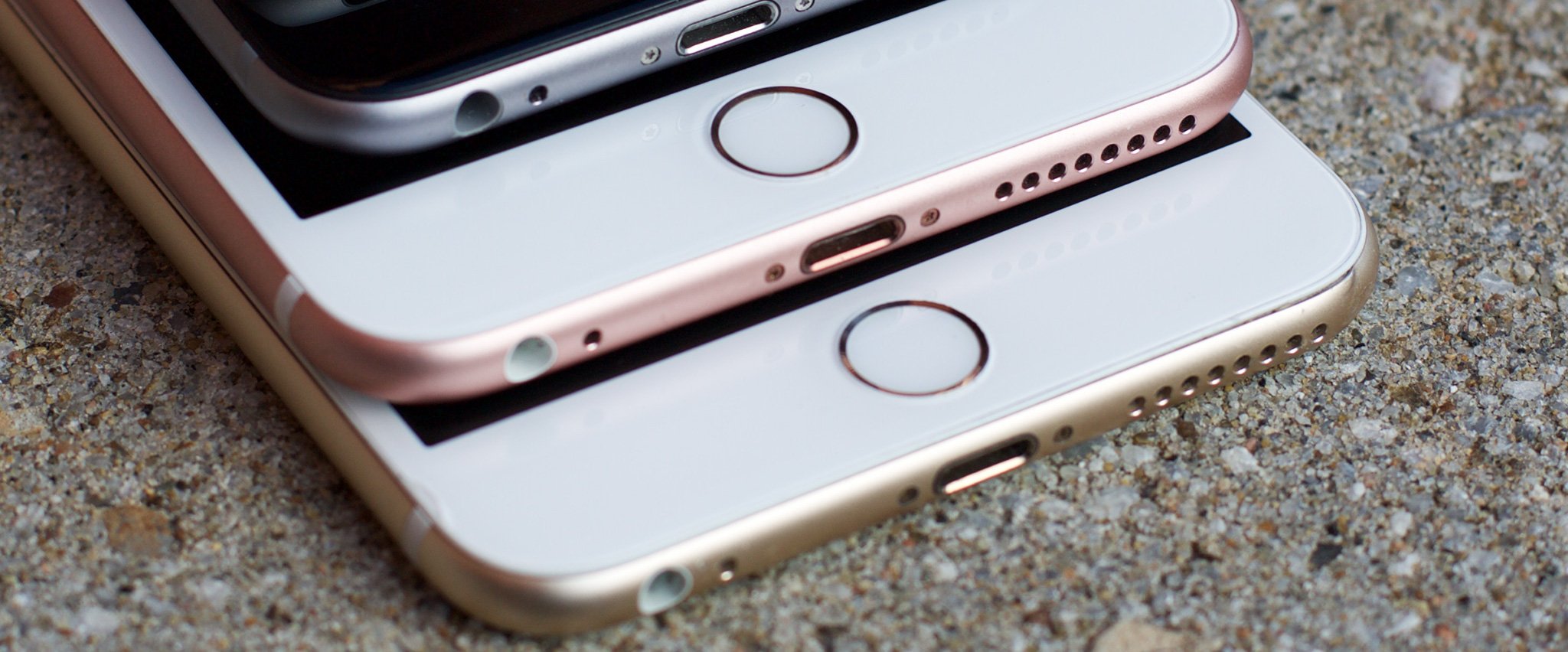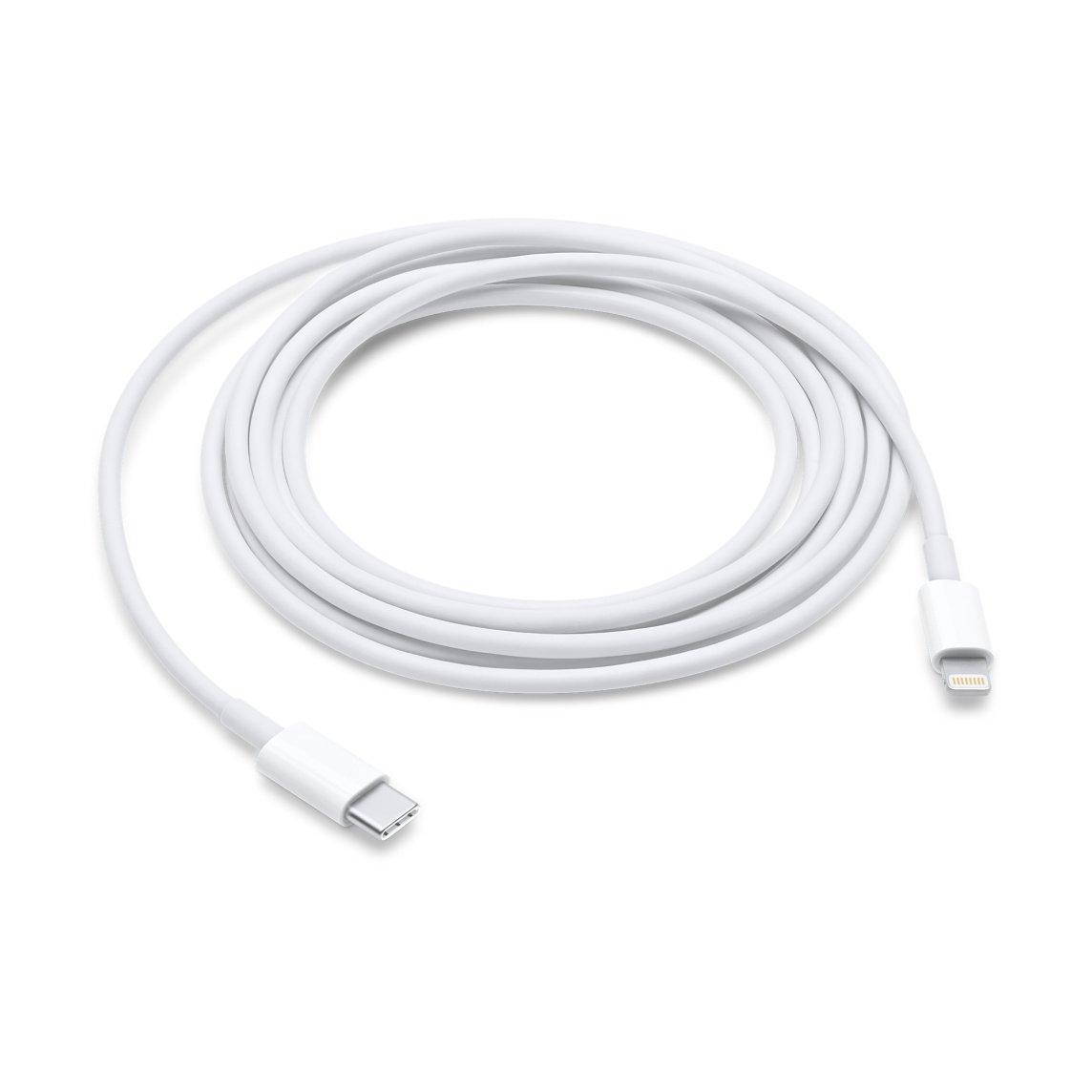
Whenever I visit my dad's home for an extended period of time, I often drop my iPhone 7 Plus on his kitchen counter and plug it into his charger, which he leaves plugged in. After following this routine on a few separate occasions, I noticed that my Touch ID frequently wouldn't unlock the device while it was connected to his charger. At first, I thought it was just some goofy glitch, and I simply tapped in my password instead of using Touch ID. That worked. No biggie.
Over time it occurred to me that if I unplugged my iPhone from the charger before trying to use Touch ID to unlock it, I never experienced the problem. However, if I left it plugged in and tried to use the fingerprint sensor, nothing happened. No Touch ID error, nothing. The sensor just froze up and didn't work.

I like to think I'm pretty smart (or as some of us Bostonians say, smaahht). So I put two and two together to come up with four: The problem had to do with my dad's charger. It clearly was not an official Apple charger, and it wasn't in great condition. When I asked where he got it, I received some noncommittal response like, "I don't know ... the airport?" And I never had, or have since, experienced the problem with my other charging cables.
After doing some digging on the good ol' Googles, I learned that my issue is by no means an isolated incident. Cheap third-party chargers like my dad's often result in quite a few different issues, including Touch ID errors or malfunctions. Here's a quick possible explanation of the issue.
Why your crappy iPhone charger borks Touch ID
From a Wired article on how Touch ID works:
There are a variety of small things that could be going on to interrupt a successful Touch ID experience. First, for it to work properly, your finger needs to make contact not just with the sapphire of the home button, but also the stainless steel ring surrounding it. Next, the sensor itself works by measuring electrical differences between the ridges and valleys of your fingerprints.
The key word there is "electrical".
From an Apple Communities thread:
iMore offers spot-on advice and guidance from our team of experts, with decades of Apple device experience to lean on. Learn more with iMore!
[T]he reason why your touchIDs are not working while plugged in is that there is an interference between the finger sensor and your finger. This interference is caused by the electric field generated by the charging solenoids (conductive lines) which route from the port to the phone battery ...
And from another related thread on Quora.com:
Third-party chargers (especially cheap ones or counterfeit ones) often produce very 'dirty' power that messes with touchscreens (the touch ID sensor works on the same principles).
I'm not at all certain that the last two people cited above know what they're talking about, but my problem clearly had to do with the charger.
To be clear, other issues with charging and Touch ID can cause similar problems. For example, some folks in the same Apple support thread suggest that they resolved their issues by removing a problematic case or by "grounding" the phone. But my problem clearly had to do with that bum charger, and I've never experienced it when using Apple power cords.
How to fix the Touch ID charging problem
Thankfully, if you're experiencing the same issue I did, there's a very easy way to diagnose and resolve the problem:
- Find yourself an authentic iPhone charging cable made by Apple, like the one that came with your phone (or should have) or that's Apple Made for iPhone/iPod/iPad (MFi)-approved.
- Plug your phone into a power outlet using that Lightning cable, and see if you have the same problem. If not, your issue is related to your crappy third-party charger.
- If you continue to have the same issue, try plugging your phone into a different power source and moving it as far away from that outlet as possible, and then remove any cases you may have on there. If that still doesn't work, you might have a hardware issue. Contact Apple support for further options.
- Locate your nearest trash receptacle — or better yet, find a local electronics recycler.
- With gusto, toss that suspect charger in there and never look back.
- Only use your Apple-certified Lightning charger or buy a new one. (You know, you never can have too many charging cables.)
For more information on our favorite Lightning cables or to purchase one from Apple, hit these links:
- Best Lightning cables for charging your iPhone and iPad
- Visit Apple's site to purchase official Lightning cables
Al Sacco is content director of Future PLC's Mobile Technology Vertical, which includes AndroidCentral.com, iMore.com and WindowsCentral.com. He is a veteran reporter, writer, reviewer and editor who has professionally covered and evaluated IT and mobile technology, and countless associated gadgets and accessories, for more than a decade. You can keep up with Al on Twitter and Instagram.


